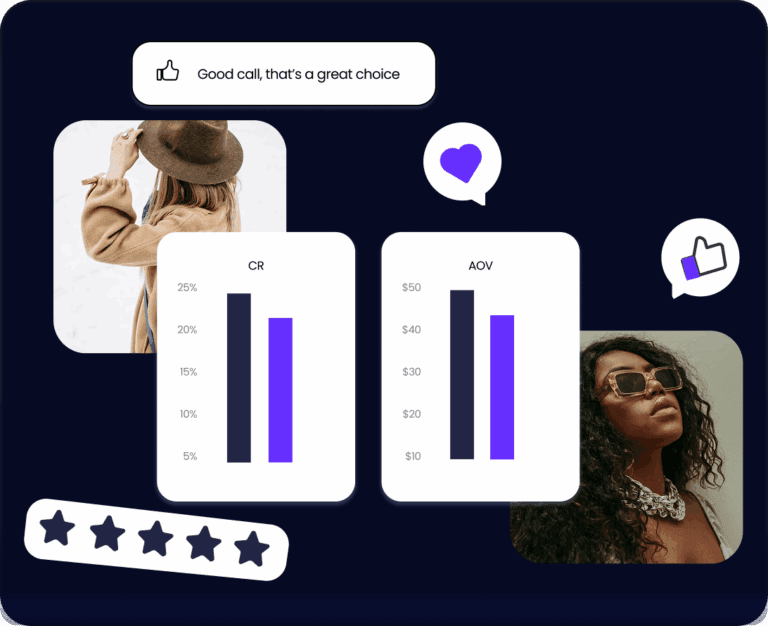Listen now for free: https://keepoptimising.com/thilo-pfrang-behamics-podcast/
Dive in:
[03:57] Testing behavioral interventions.
[08:28] How scarcity nudges and other psychological mechanisms affect returns.
[10:48] Product pages should be better and more personalized using AI and tech.
[14:06] Basic knowledge of behavioural science helps businesses.
[18:52] Simplification is key for effective communication.
[23:45] AI and behavioural science combine for insights.
[29:37] Combining AI with behavioral science for influence.
Dynamic and Personalized Nudging
Dr. Thilo emphasizes the importance of dynamic and personalized nudging in eCommerce. Traditional A/B testing has limitations. Behamics addressed this by creating a system that adapts its nudges based on individual contexts and user journeys. Since this is a dynamic approach, it shows what works in different situations. By using AI, behavioural science, and data analysis, brands can create personalized experiences for customers. As a result, they can influence customer decisions in a more tailored and effective manner.
Balancing Push and Pull Strategies
There’s a delicate balance between push and pull strategies in marketing and behavioural nudging. Using push strategies, like creating urgency and scarcity, can drive short-term conversions. Implementing pull strategies will build trust and provide value. To sustain customer relationships and lessen returns, there’s a need to find the right balance between these approaches.
Understanding and Applying Psychological Mechanisms
It’s important to understand and apply various psychological mechanisms in eCommerce. Strategies like using social proof or loss aversion can be effective depending on the customer’s situation. This means marketers need to go beyond standard approaches and think of the nuances of human behavior. Also, there’s a need to understand the different psychological triggers that resonate with diverse customer segments. This will allow brands to craft more effective messaging. Because of this, brands can influence customer decisions in a positive way.


